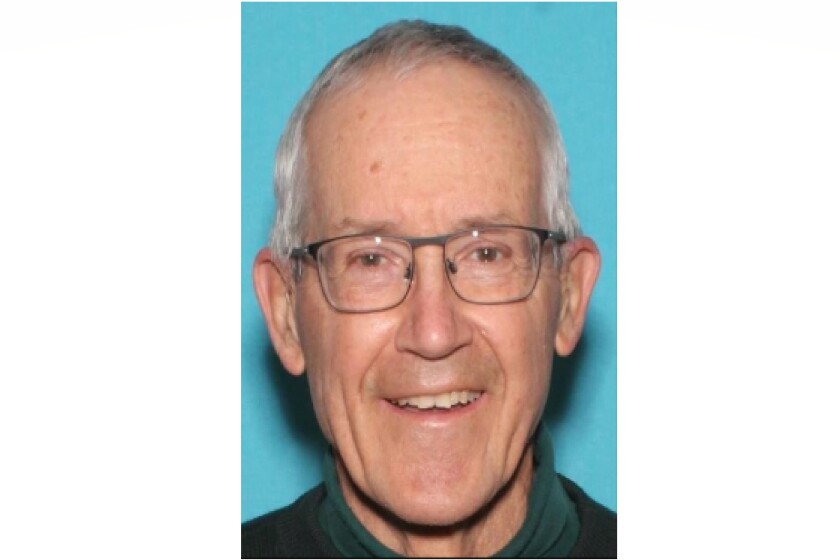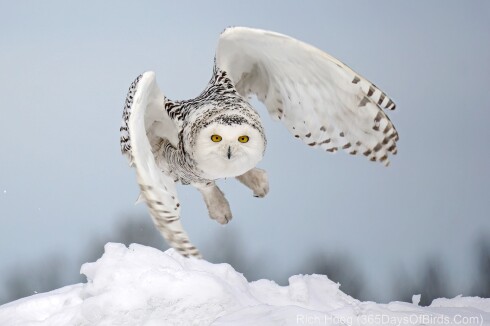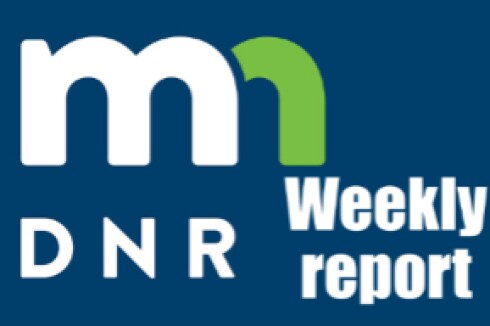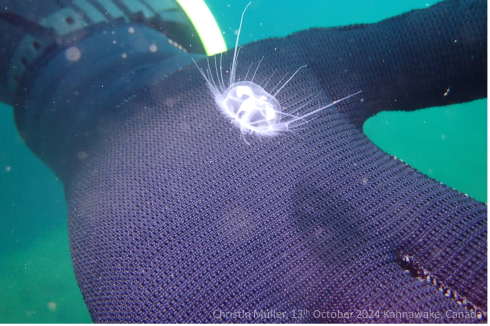SUPERIOR — Decades have passed since the black tern nested in Allouez Bay.
While other marsh birds like the American bittern, least bittern, Virginia rail, yellow-headed blackbird and pied-billed grebe are still around, their numbers are fewer than one might expect in a habitat the size of the bay between Wisconsin Point and the city's Allouez and Itasca neighborhoods.
ADVERTISEMENT
That reality prompted Audubon Great Lakes to work with the Wisconsin Department of Natural Resources and about a dozen local partners in Wisconsin and Minnesota to begin planning to restore coastal wetland in Allouez Bay three years ago.
This week, the first phase of construction was completed as part of the Marsh Bird Restoration Project. The goal is to transform dense stands of invasive cattails into a more diverse and dynamic marsh environment for marsh birds, waterfowl, fish and people, said Tom Prestby, conservation manager at Audubon Great Lakes.
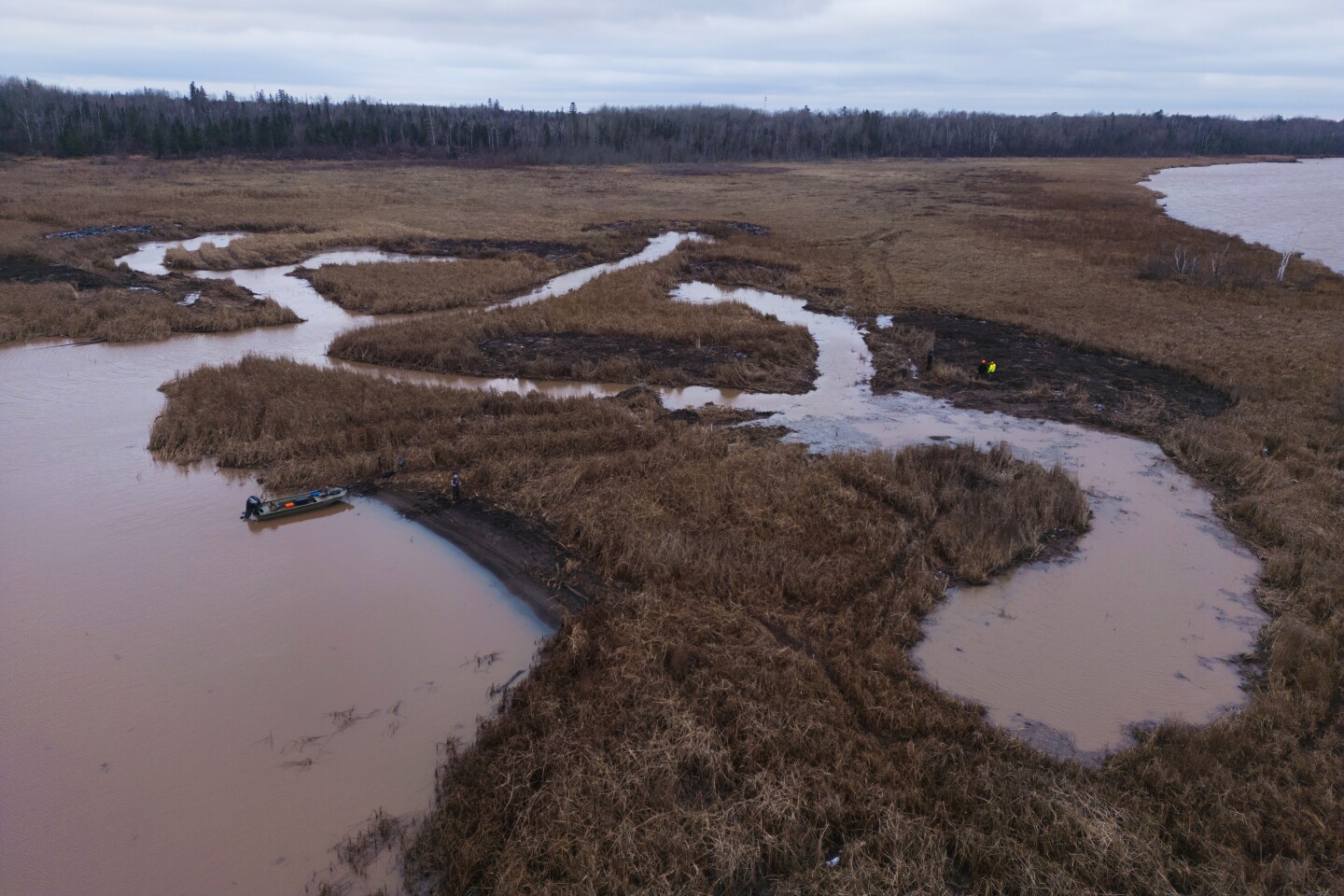
“Allouez Bay has always been a very popular spot for fishing, for duck hunting, for gathering things like wild rice, for just paddling, bird watching or whatever someone’s interests might be,” Prestby said. “We want to make the condition out there for that better. And we believe we can.”
To achieve the first phase of the project, restoration workers spent the late summer mowing and cutting invasive cattails. This fall they worked to create channels and pools in those areas using a large amphibious excavator to develop a balanced habitat that combines pockets of open water with native vegetation. Native plant seed mix was laid to begin the germination process.
“We intentionally seed this time of year because then that seed is right on the mud, and it has the whole course of the winter to get itself down deeper into the wetland soil as temps go up and down,” Prestby said. “Then it’s ready to germinate next summer.”
Now, the first phase moves into monitoring to see how the vegetation and birds respond, and the partners begin making plans for the second phase of the project.
Prestby encouraged birdwatchers to submit their observations to ebird.org to help him and other scientists understand what is happening in Allouez Bay, which will factor into future planning.
ADVERTISEMENT
“We don’t know exactly what we’re going to do yet and community input is going to be a really big part of that,” Prestby said. The goal, he said, is to have a lot of conversations to figure out the next steps.
One of the objectives is to build the wetland further into the bay in the shallow areas north of the existing wetland, Prestby said.
“If you look at maps from a long time ago, there was a lot more (emergent) wetland out there,” Prestby said. “We don’t want to take away anybody’s fishing spots or hunting spots or anything like that. There’s still going to be a lot of open water out there.
Another objective will be to better protect the coastal wetland. While it’s not clear what the plan will be, Prestby said there is the possibility that dredge material could be used to slow down wind and wave energy from increasingly strong storms and create additional habitat.
“Great Lakes coastal wetlands are extremely important, not just for wildlife habitat,” Prestby said. “They do a really good job of preventing flooding, preventing erosion and right next to a big city that’s on the coast of a Great Lake, like Superior, that’s really important. They increase water quality.”
Coastal wetland areas once spanned more than 1 million acres in the Great Lakes, but only about half the acreage remains due to historic and contemporary wetland losses, according to the U.S. Environmental Protection Agency.
“Putting our resources and our energy into projects that help preserve the good Great Lakes coastal wetlands that we have left are extremely important because of all the benefits that they provide," Prestby said, "not just for decreasing habitats of special species of marsh birds, migrating waterfowl and fish, but also the benefits that they give for people."
ADVERTISEMENT









